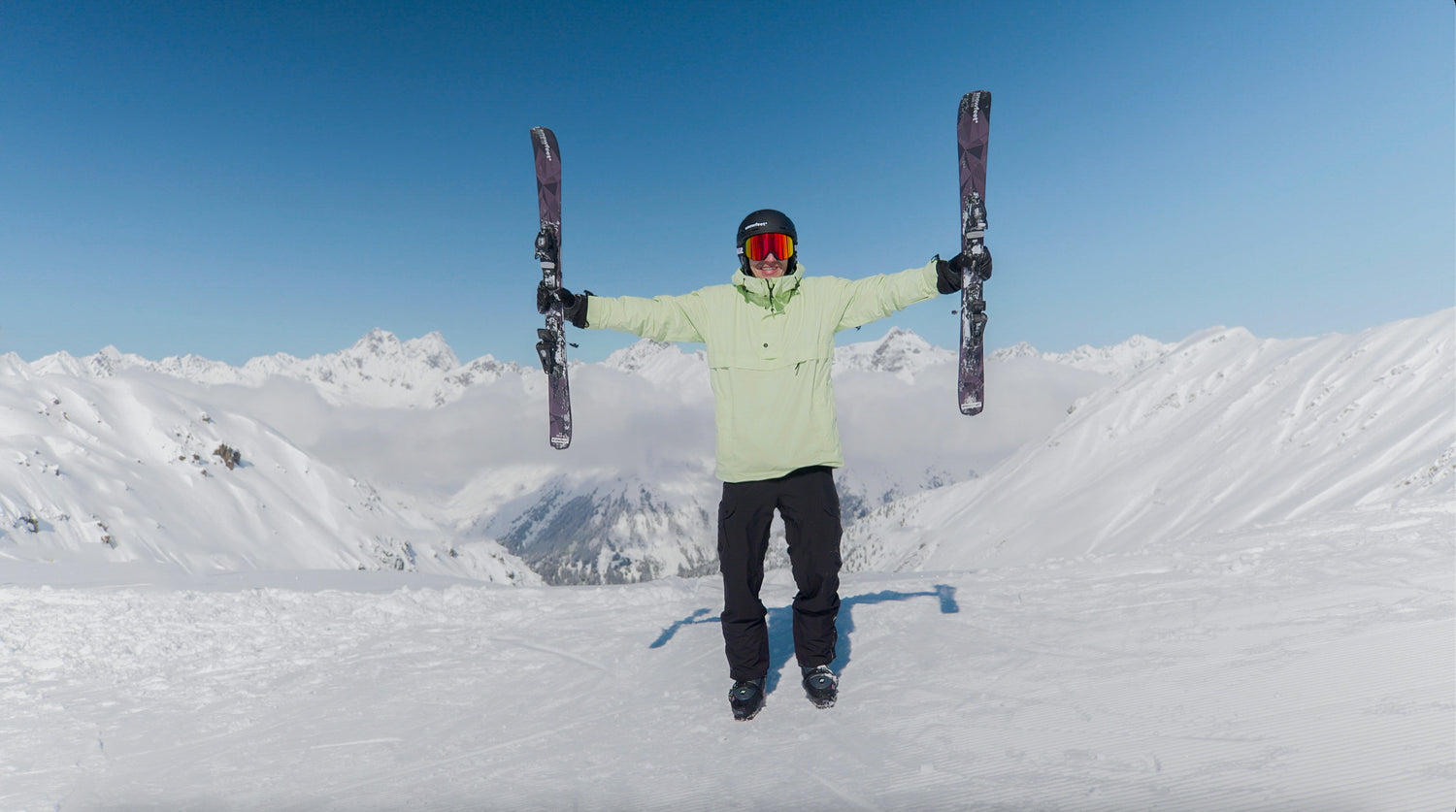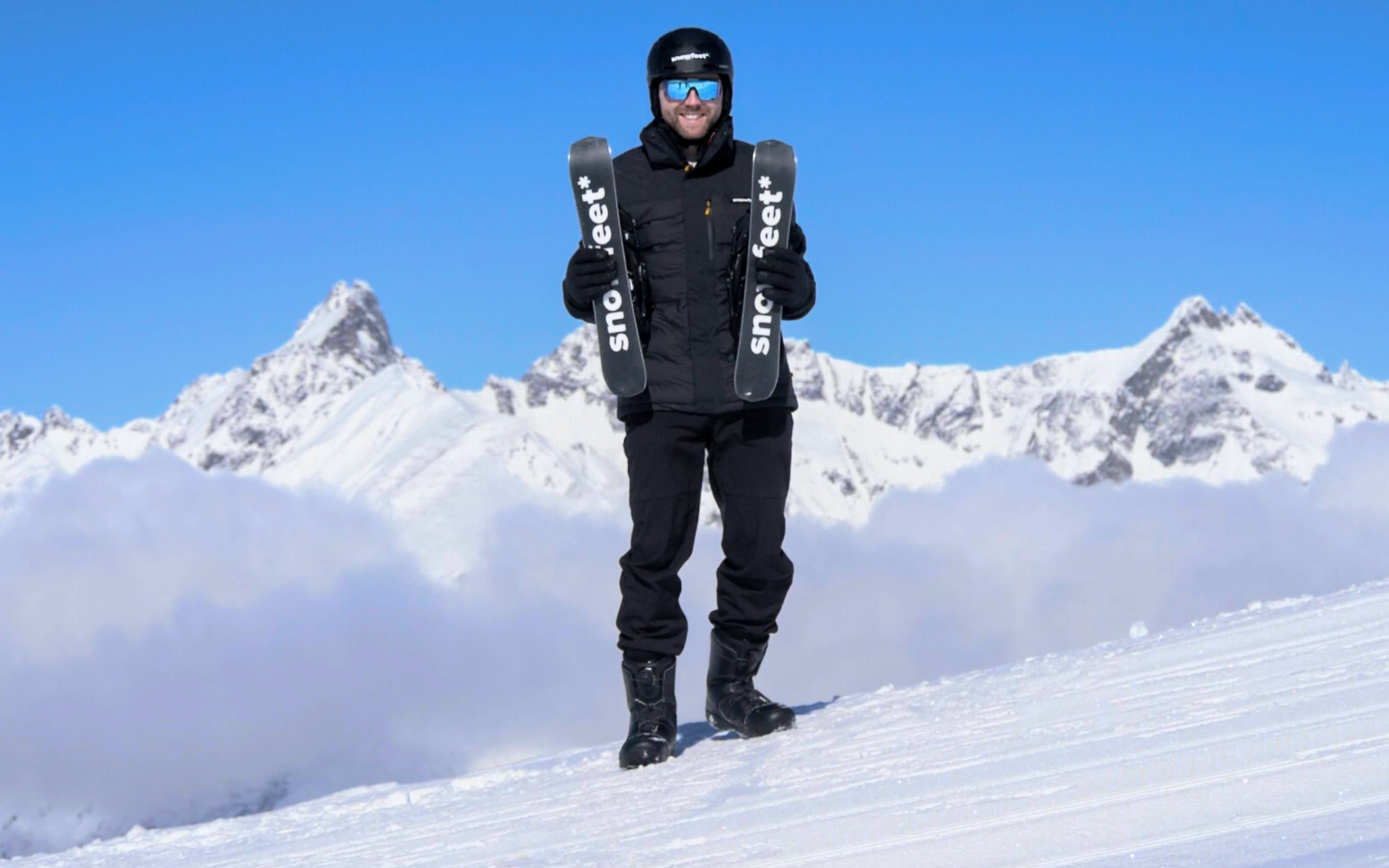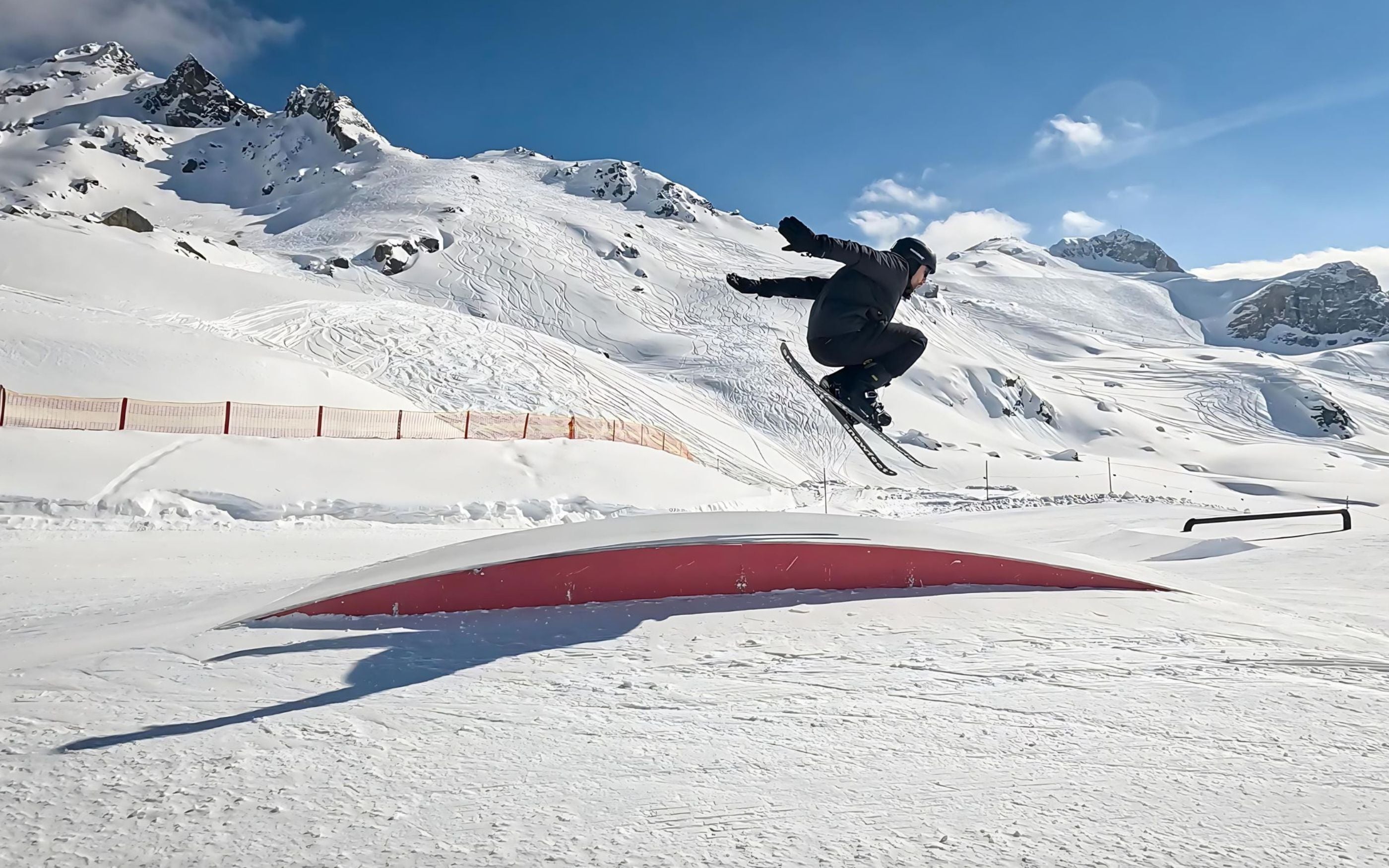Alpine skiing is probably the most favourite winter sport. As in any sport, alpine skiing goes through changes. One trend that’s making waves in recent years is the growing popularity of short alpine skis. Is is just a trend, or will short skis change alpine skiing for good?
Alpine Skiing - What Is It?
Alpine skiing, or downhill skiing, is all about navigating snowy slopes with skis attached to your boots via fixed-heel bindings. Unlike cross-country skiing, where the heels are free to move, alpine skiing keeps your heels locked in place, providing more stability and control when racing down the hill. The main goal is to slide down the mountain while having as much fun as possible.
Key Techniques in Alpine Skiing
Downhill skiing involves much more than simply pointing your skis downhill and hoping for the best. The art of alpine skiing is about mastering different techniques to adapt to the terrain and changing snow conditions. Here are some of the core techniques used in alpine skiing:
1. The Pizza or Snowplow
This is the go-to move for beginners. The snowplow involves angling the ski tips toward each other (like a slice of pizza) while keeping the tails apart, creating resistance and slowing the skier down. It's great for gaining confidence and control on gentle slopes.
2. Parallel Turns
After mastering the snowplow, most skiers move on to parallel turns. In this technique, both skis stay aligned parallel to each other as you make a turn. It provides a smoother, faster, and more fluid ride, forming the foundation for more advanced techniques.
3. Carving
Carving is all about speed and precision. When carving, the skier tilts their skis onto their edges, cutting through the snow to create smooth, clean arcs. This method helps maintain speed while still allowing for tight control, perfect for anyone who enjoys fast runs on groomed trails.
4. Skiing Moguls
Moguls are the bumps scattered across some slopes, and skiing through them requires quick, sharp turns. This technique challenges skiers to navigate tight spaces while keeping control, making it an exhilarating experience for those ready to level up their skills.
5. Powder Skiing
Powder skiing is a more challenging, fun experience. The key here is maintaining a slightly back-weighted stance and keeping your balance in the soft snow. Skiing powder is one of the most rewarding challenges in alpine skiing.
What Are Alpine Skis?
Alpine skis are probably the thing you will imagine when somebody says "skis". They are specifically designed for descending slopes, equipped with bindings that keep your boots securely fastened. Alpine skis come in a variety of lengths, widths, and shapes to suit different types of terrain and skiing styles.
Constructed from materials like wood, metal, and composites, alpine skis are designed to endure the pressure from turning, absorb bumps, and offer flexibility. The rocker and camber profile of modern skis also helps skiers glide over snow with more ease, making each ride smoother and more enjoyable.

Why Short Alpine Skis?
Traditionally, alpine skis were designed as long, heavy boards. But with recent improvements in ski technology, shorter alpine skis have surged in popularity, even among seasoned skiers. Here’s why short alpine skis might be the ideal choice for you.
1. Better Maneuverability
One of the standout advantages of shorter skis is how much easier they are to maneuver. With less length to manage, skiers can make quick, tight turns, perfect for navigating crowded slopes, dense trees, or moguls. Shorter skis are ideal for beginners learning to turn, but they’re also a favorite among experienced skiers for technical runs.

2. Greater Control
Short skis provide more control for skiers of all levels. They respond quickly to your movements, making it easier to master turns and recover from mistakes. Beginners will especially appreciate the added stability and ease of learning, while advanced skiers can benefit from the quick response time when making tight turns or hitting jumps.
3. Adaptable to Different Terrain
While longer skis are great for fast, groomed runs, shorter skis thrive across different terrain types. They handle everything from moguls to powder runs to the occasional trip to the terrain park. Their versatility makes them a great option for skiers who want to explore the entire mountain without needing multiple pairs of skis.
4. Less Fatigue
Shorter skis are lighter and easier to maneuver, which means less energy expenditure over the course of a day. Skiers can spend less time fighting to control their skis and more time enjoying the slopes. For beginners, this can make a big difference, allowing for longer, more enjoyable ski sessions without burning out too quickly.
5. Suitable for All Skill Levels
While short alpine skis are often recommended for beginners due to their forgiving nature, they’re also popular among more experienced skiers. The quick-turn ability and agility make short skis a fun and exciting challenge for any skier, from casual skiers to thrill-seekers.
Short Alpine Skis
With the growing demand for short alpine skis, there are more choices than ever before. Typically ranging from 65 cm to 120 cm in length, short skis come in various designs and with different binding options to suit individual preferences and skiing styles.
One highly recommended option is the Snowfeet Skiblades 99. These skis are known for their perfect blend of agility and stability, making them suitable for both carving on groomed trails and tackling more adventurous terrain like powder or moguls.
Another excellent pick is the Snowfeet Skiblades 120, which offer more length for those who want a bit more stability but still enjoy the quick-turn dynamics of shorter skis. These skis perform beautifully across the mountain, making them a solid choice for all-mountain skiers who like to mix it up.
Conclusion
Next time you head to the mountain, why not give short alpine skis a try?
Whether you're a beginner looking for a forgiving ski or an experienced skier seeking more technical precision, short skis can elevate your alpine skiing experience. Light and easy skiing is not just a short-living trend, but it is a new wave in winter sports that will change skiing forever.











Leave a comment
This site is protected by hCaptcha and the hCaptcha Privacy Policy and Terms of Service apply.